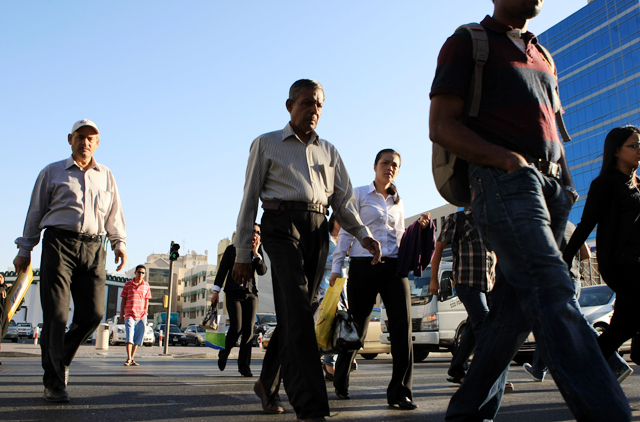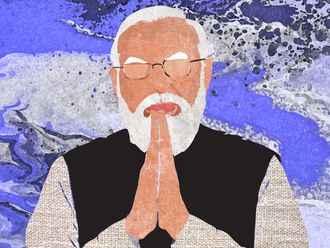The black and white photographs of 1950 Dubai displayed at the Shaikh Saeed Al Maktoum house in Bur Dubai show an intimate and traditional side of the city that few of its residents can relate to today. They also bear witness to just how impressive and unprecedented Dubai’s growth has been.
Focused on large infrastructure projects, world-class buildings and specialised free zones, Dubai has succeeded in attracting international investors, global corporations and thousands of tourists each year. However, in the course of this development, Dubai’s residents have come to think of the city primarily as convenient and lucrative, and generally lack a sense of personal attachment to the place.
In the last three decades, the city’s organic growth has been thwarted by the nature and fast pace of Dubai’s development projects and the large role played by its visionary government. Coupled with a very high share and turnover of foreign residents, these factors have contributed to a lack of individual ownership in the city’s development.
The results today: Weak association of residents with Dubai and its future. Though Dubai-grown original concepts such as MAKE or the Pavilion are starting to pop up, local entrepreneurship and mom-and-pop type businesses, restaurants, shops and cafes are relatively rare, and a large share of the city’s economic activity and socialisation continues to be concentrated in large malls or five-star hotels.
While Dubai has opened its doors to international brands and franchises in an attempt to fulfil the needs of its diverse population and visitors, it has left its residents confused on what the brand Dubai actually stands for. As Peter Kageyama sensibly points out in his book For the Love of Cities, it is not the variety of offering, but rather the uniqueness of local places that make people fall in love with their cities, and be less likely to leave.
Creating this sort of community attachment is not only a question of supporting local entrepreneurship through the right policies, but also one of urban planning. Building Dubai in clusters has certainly not helped the city’s cohesion, but what is more important is that the ‘glue’, or the mortar between the bricks is still missing: Walkways, public spaces, small shops and (original) cafes, pedestrian zones and parks.
These elements not only enhance the aesthetics of any city, but also encourage more natural interaction of its population in public spaces without socio-economic stratification. This would be a healthy step towards actually making Dubai the melting pot it has set out to be.
Dubai certainly recognised the need for more sustainable development. The Government of Dubai’s 2015 strategy defines the provision of world class infrastructure alongside the need to optimise the use of land as key priorities.
Furthermore, in 2011, the government hired consultants to develop the Dubai Urban Development Master Plan to be implemented by 2020, focusing among other things on community infrastructure, green spaces and public transport.
The key to success, however, is to ensure this does not become yet another top-down project implemented by large development firms. The time has come for the government to actively involve its residents in shaping the future of Dubai by encouraging both business and social entrepreneurship. Much has been written about promoting start-ups by decreasing risks and barriers to entry for small businesses.
Encouraging social entrepreneurship is a bit more intricate, as one of the prerequisites is an inherent stake in the sustainable development of the city — something many of Dubai’s short-term residents and investors generally lack.
There are, however, segments of the population, including Emiratis as well as parts of the Arab or Indian expatriate community, who look at Dubai with a longer term horizon. Given the right policy environment, such residents will eagerly come forward to help improve those parts of the city that affect their daily lives.
In order to effectively engage the community, policies would have to create an environment that nurtures responsiveness and accountability. Responsiveness of newly established government agencies such as the recently created Supreme Urban Planning Council can be achieved through targeted mobilisation and communication initiatives, as done for example by Abu Dhabi’s Urban Planning Council.
Even more importantly, reliable and systematic mechanisms to enable interaction of residents with policymakers are needed. For example, a citizen portal where residents could propose ideas related to urban development with visibility to all could kickstart a more inclusive process giving residents a stake in Dubai’s future development.
It’s only natural that Dubai comes to terms with its development. But the time has come to shift more focus towards sustainability, community development and citizen engagement. These elements will be crucial in creating a more balanced and responsible relationship between the residents and their city.
Simona Foltyn works for a management consultancy firm in Dubai.












